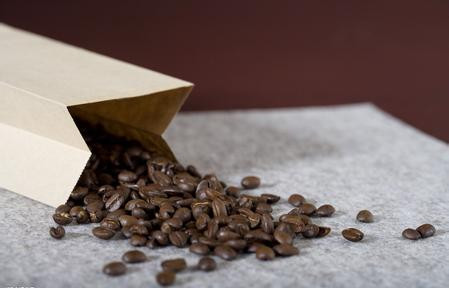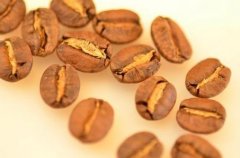Basic knowledge of boutique coffee beans Colombian coffee producing area

[Columbia (Colombia) coffee] Origin
It is the second largest coffee producer in the world, accounting for about 12% of the world's annual output, which is much lower than that of Brazil, which is 30% to 35%, but most of them are high-quality mountain-washed beans. Central Colombia is divided into valleys by three north-south longitudinal mountains, of which the central and eastern mountains are the main producers of coffee. The coffee is named after a distributed market, with Medellin, Armenia and Manizales in the Central Mountains and Bogota and Bucaramanga in the eastern mountains.
The most famous Medellin in the Central Mountains has a thick texture, rich aroma and well-balanced sour taste, while Armania and Manizares are not so good, but in the market these three kinds of beans will be regarded as the same kind of beans to circulate, called "MAM". If you buy a bag of MAM, it may be any of these three kinds of beans, it has a texture and flavor similar to Medellin, but not so sour; as for Bukala, it has the characteristics of Sumatra, with thick texture, rich taste and weak sour taste. According to the size of the particles, the highest Columbia beans are "Supremo" and the second are called "Extra", but in the market these two levels are often referred to as the same grade, called Excelso.
The best Colombian beans, similar to Costa rica or Hawaiian Cona beans, are non-extreme coffee, rich in texture, but not as strong as Sumatra; rich in aroma, but not as good as the best Jamaican alpine flavor; sour, but not as sour as Antigua acid. It often has a caramel-like taste, similar to the aroma of pudding, lack of sour fruit, reminiscent of milk pancakes; it is also suitable for blending mixed coffee. Since the 1970s, with the full promotion of the Colombian government, many old trees have been replaced by new species with high yields, but critics believe that the new coffee is milder and more common than the old ones, and its quality is much lower than it used to be.
Important Notice :
前街咖啡 FrontStreet Coffee has moved to new addredd:
FrontStreet Coffee Address: 315,Donghua East Road,GuangZhou
Tel:020 38364473
- Prev

A detailed explanation of the ingredients of coffee beans basic knowledge of fine coffee
★ volatile compounds: volatile compounds are the main source of coffee flavor, especially important for coffee quality. There are many kinds of volatile substances in coffee, and their existence will affect the aroma quality of coffee. Its main source is derived from non-volatile substances in raw beans which are disconnected or derived after reaction in the process of roasting. The role of thermal decomposition, other reactions, or compositions, such as sugar.
- Next

Coffee bean producing country Venezuelan origin coffee
Venezuela's coffee production is not high, most of it for domestic consumption. Although the main origin of Venezuelan coffee comes from the western region close to Colombia, its sour taste is very weak, not like Colombian beans at all, but as sweet and deep as Caribbean beans.
Related
- Guji coffee producing area of Guji, Ethiopia: Humbela, Shakiso, Wulaga
- What is the most expensive variety of Qiloso in BOP multi-variety group?
- How to store the coffee beans bought home?
- Why are Yemeni coffee beans so rare now?
- Ethiopian Sidamo all Red Fruit Sun Sun Santa Vini Coffee beans
- SOE is mostly sour? What does it mean? Is it a single bean? what's the difference between it and Italian blending?
- Is Italian coffee beans suitable for making hand-brewed coffee?
- How to choose coffee beans when making cold coffee? What kind of coffee beans are suitable for making cold coffee?
- Just entered the pit to make coffee, what kind of coffee beans should be chosen?
- Can only Japan buy real Blue Mountain Coffee? What are authentic Jamaican Blue Mountain coffee beans?

